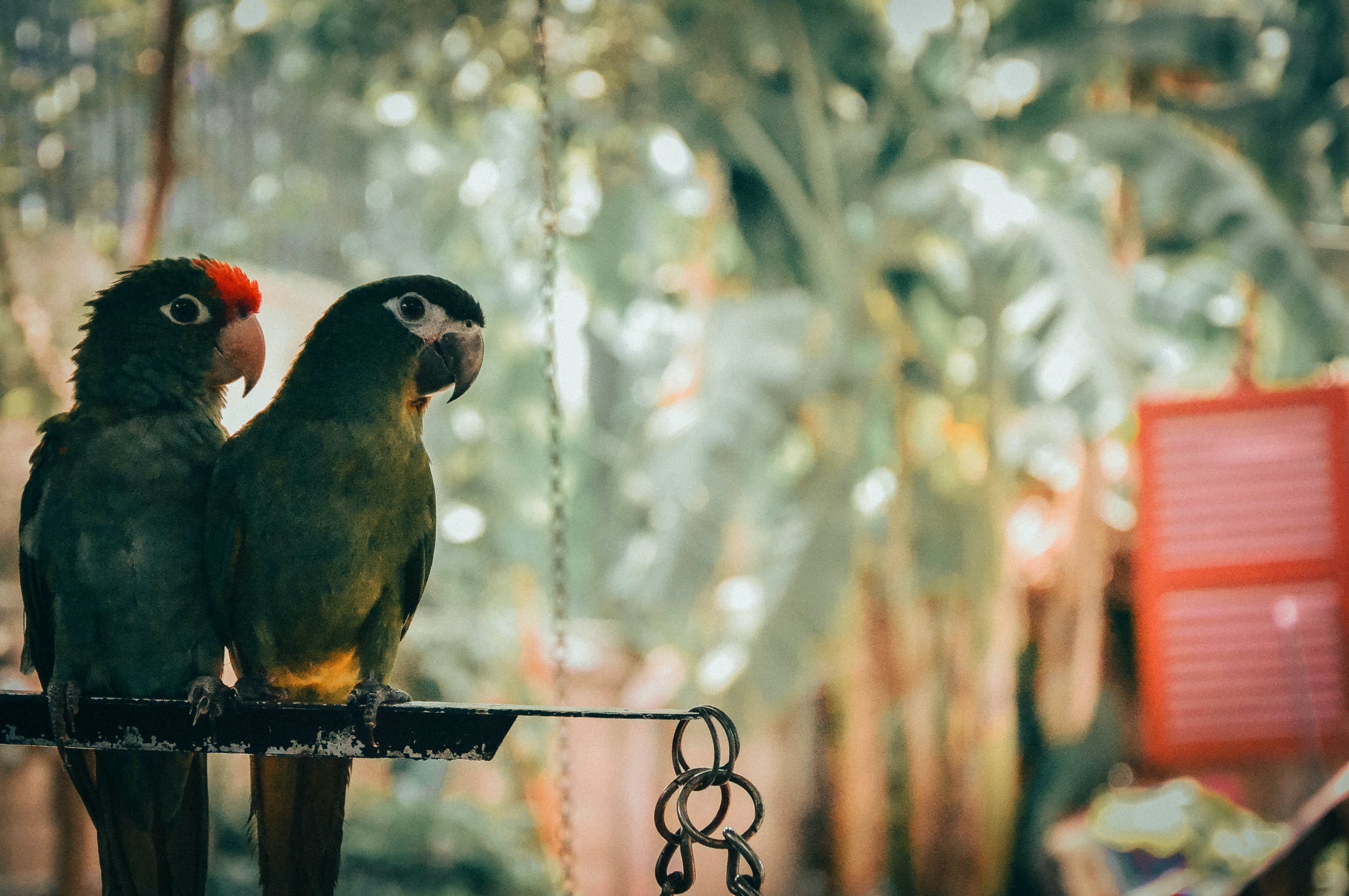At some point in your life, we bet you have assumed that all parrots are loud—but the Meyer’s Parrot is here to make you think otherwise. The Meyer’s parrot is a rare yet beautiful sight in the pet world. This bird species is touted as a calm bird that loves playing and getting attention from people around it. Meyer’s Parrots are quite popular among families with older children, since these birds are very friendly around people. If you want to know more about this species, make sure to read further!
History
Meyer’s Parrots are endemic to the African continent, inhabiting the wild woodlands and grasslands. These birds often travel in pairs or small flocks. The largest Meyer’s Parrot populations sighted are found in Botswana.
This bird species was named in honor of German ornithologist Bernhard Meyer, who first described the parrot in 1827. The Meyer’s Parrot is also known as the Brown Parrot.
The Meyer’s Parrot usually has a sweet personality, quite similar to that of the famous Senegal parrot. Although some experts would agree that the former is calmer than the latter.
Characteristics of a Meyer’s Parrot
Average size: 8 inches
Average life span: 20 to 35 years
The Meyer’s Parrot is a small to medium-sized bird, with adults reaching up to 8 inches and weighing around 150 grams. Despite having a non-intimidating size, Meyer’s parrots will still need a lot of space in captivity. Male and female Meyer’s parrots do not have distinctive differences when it comes to their physical attributes. The coloration and patterns of Meyer’s parrots are bound to amaze you—their heads, wings, and backs are black in color, whereas their bellies are turquoise blue. Light green tones are present on the wings, which contrast the bright yellow patches on the shoulders and forehead.
This parrot makes a great apartment pet bird because of its calm nature, low noise levels, and sweet disposition. Its calls are cheerful yet simple, consisting of chirps and high-pitched tweets. Like all parrots, Meyer’s Parrots are capable talkers. They can repeat words and some complex phrases with ease and surprisingly clear voice. Aside from words, they can also mimic house sounds such as alarms, beeps, ringtones, and other forms of noises.
Caring for a Meyer’s Parrot
If you are on the lookout for a feathered friend that is easy to look out for, then you should not look further and buy or adopt a Meyer’s Parrot. This bird species is calm, docile, and very sweet. While it needs attention, it doesn’t constantly seek for it—it keeps itself busy by just simply perching inside the cage and playing with its toys. They enjoy a bit of handling, too, which is a great way to bond with your pet and your children at home. Meyer parrots are very loyal—once they like or attached to someone, the connection will not waver forever.
For its cage, it needs to be spacious as much as possible. An ideal cage possesses the following minimum dimensions: 20” x 20” x 18”. The housing should also be made of strong steels. Keep in mind that this housing is not a place to store your parrot—it should be your pet’s home. Place a substrate, toys, and a variety of natural wood perches to keep your Meyer’s parrot busy. Since this bird species loves to climb, a cage with horizontal bars is more preferred as these will allow your parrot to climb around more easily. You can also provide a play gym atop of your pet’s cage so it has a place to hang out outside the cage. Your pet bird should be allowed to spend time outside the cage. This will enhance your bird’s mood, psychological health, and physical health.
In the wild, Meyer’s Parrots survive on feeding fruits, berries, flowers, seeds, and insects. In captivity, you must provide your pet with a high-quality parrot mix that contains a mixture of canary grass seed, millets, oats, linseeds, and other healthy seeds. You can also provide your pet bird with fresh fruits and vegetables occasionally. You can create your own mixture of nutritional food sources, just ensure that these foods do not contain chemicals or toxic substances. Also, don’t forget to provide a clean drinking and bathing water for your Meyer’s parrot.

